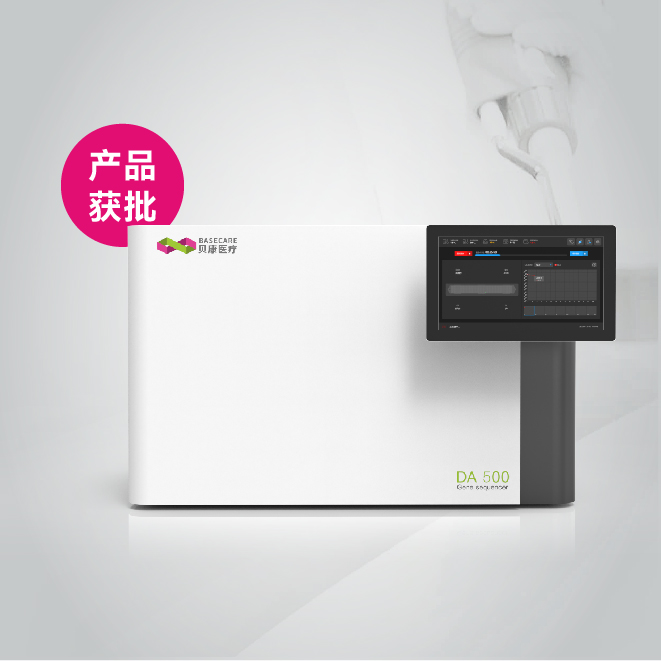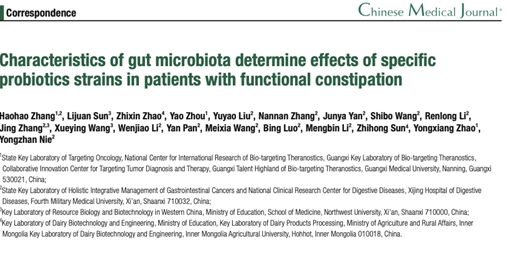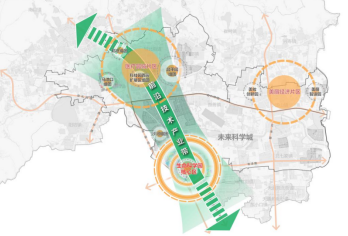I. Assay Development
A. Sequence selection
B. Primer " Probe Selection
C. Quencher dye and internal reference
D. Assay Validation
II. Assay Setup
A. One- vs Two-Step RT-PCR
B. Plate Setups for Robotics
C. Thermocycler settings
III. Data Analysis
A. Baseline and threshold settings
B. Standard Curves
C. Inter- vs intra-assay variability
D. Sample normalization
Taq Exonuclease Reaction
Sequence Selection
The most important component of building an assay
Make sure the initial sequence is the correct one
Use Blast at the NCBI to find other sequences (https://www.ncbi.nlm.nih.gov/)
Download all the unique sequences you find, including other species (human, mouse, rat)
Look particularly for the NM_ or refseqs
Sequence Comparison
Align the sequences by species Look for single base errors, insertions and deletions
Choose a ‘type’ sequence for each species Compare potential SNPs with SNP data in the refseq file header
Align the ‘type’ sequence for each species Look for potential splice variants in one species not reported in the one of interest
Splice Variants
Primer " Probe Selection
Available Software for Designing Taqman® Assays Primer Express®, Applied Biosystems Primer3 from The Whitehead Institute @ MIT:https://www-genome.wi.mit.edu/cgi-bin/primer/primer3_www.cgi
Using Primer Express®, Personal Tricks 1- For sequences over 1 Kb, use a 500 bp subsequence 2- Choose the area based on a region with an even Tm content from the ‘Map’ tab
Primer " Probe Selection
Using Primer Express®, Personal Tricks
3- Under the ‘Rxn Cond’ tab, set the primer concentrations to 200 nM from 50 nM
4- Under the ‘Params’ tab, set the G/C clamp to 1 from 0
5- Keep the %G/C content of the primers and probe as close as possible during selection
6- Match the Tms of primers " probe as a set eg., 59°, 59°, 69°C
7- Keep the total number of G"Cs between 2-3 in the last 5 bases of the 3’ end of the primers
8- Probes should not start with a G
9- Avoid probes with more than 3-Gs in a row or those with much higher G than C content, make the reverse probe.
10- Select 3-4 primers around a probe to test
11- Check the sequence alignment to make sure the assay is in an acceptable region
Reporter, Quencher and Internal Reference Dyes
1- The classical reporter dye is 6-FAM (fluorescein)
2- Other reporters used for multiplexing are Joe and Vic.
3- Some other real-time machines, such as the Stratagene Mx4000, can use red dyes as reporters as well
4- The classic quencher dye has been TAMRA (rhodomine)
5- Newer quenchers are the dark dyes, DABYCL and the black hole quenchers (Biosearch Technologies)
6- TAMRA-quenched probes do not require a reference dye;they can use the TAMRA itself
7- Single probe reactions quenched by dark dyes should use an internal reference dye, classically ROX (dark red)
8- Multiplex reactions usually use dark quenchers and ROX
Assay Validation
1- Test primer pairs in all combinations with the probe with a known template, eg., plasmid clone, sDNA, RNA
2- Use standard assay conditions: 300-400 nM primers;100 nM probe, 3 mM MgCl2
3- Choose the primer pair that gives the highest deltaRn and the lowest Ct
4- Make a dilution of a template, either sDNA, sRNA or total RNA for a standard curve
5- If the slope of the standard curve of the best primer pair is around -3.5 increase the MgCl2 to 5 mM
6- If the slope is higher than -3.6, find another primer
7- An ideal assay will have a slope of -3.3
Primer Combinations - hGAP43
One vs Two-Step RT-PCR
Early experiments comparing SSII RT and Taq Gold in one- and two-step RT-PCR showed two-step reactions were superior in detecting low abundance transcripts
New one-step kits may give better results
·One-step method
Easier and faster to setup
May be best method when only a few assays are run repeatedly
Costs are higher (kits) and sensitivity still an issue
Two-step method
Requires an second thermocycler for RT reactions
More time, RT and PCR master mixes made separately
Less costly, not dependant on kits
Greater sensitivity, best when new assays with unknown abundance transcripts are run often
Sample Layout for Robotics 20 Unknowns + Std Curve
Sample Layout for Robotics 21 Unknowns + Std Curve

Thermocycler Settings
Applied Biosystems SDS software defaults to one thermocycler setting to match the contents of their kits
Standard cycle is: 50°C-2 min; 95°C-10 min; 40 cycles of 95°C-15 sec; 60°C-60 sec = a full 2 hr run time
Assumes use of Amperase-like enzyme and hotstart Taq
Amperase and hotstart Taq are not necessary for RT-PCR
Can cut cycle time down to 95°C-1 min and 40 cycles of 95°C-12 sec; 60°C-60 sec = 1 hr 36 min run time
At 95°C- 12 sec; 60°C-30 sec = 1 hr 15 min run time
At 94°C-12 sec; 60°C-20 sec = 1 hr 05 min
Setting the Baseline " Threshold Pre-adjustment
Setting the Baseline " Threshold Post-adjustment

Final Standard Curve
sRNA vs sDNA Standards

Value of unknown (mean of 3 values):
sRNA - 17477
sDNA - 18574
Intra-assay Variability
Effect of Increasing Threshold Value on PCR Efficiency
96-well plate set up robotically
60 wells with +RT master mix
All with the same RNA sample
Increasing Thresholds vs Efficiency
Human Progesterone Receptor A
ncreasing Thresholds vs Efficiency
Human Frizzled 5
Inter-assay Variability
Standard Curves
R2 = 0.9999
Data Normalization
Normalizing measured values for sample load is essential for any quantiative technique
Methods used for qRT-PCR:
Total RNA-A260:
Very convenient but not specific ribogreen: sensitive, fairly specific, costly 18SrRNA qPCR: the Cadillac, cost
Housekeeping Transcripts-b-Actin: works for most projects, not all
Cyclophilin " 36B4: works well if protein synthesis is not elevated
18SrRNA Testing for Pol II Transcripts
Samples from formaldehyde fixed and embedded human heart tissue pre- and post-LVAD implantation.
Acknowledgements
Peter J.A. Davies, M.D., Ph.D.
David Loose-Mitchell, Ph.D.
George M. Stancel, Ph.D.
Xiaoying Wang
Nancy Shipley




















